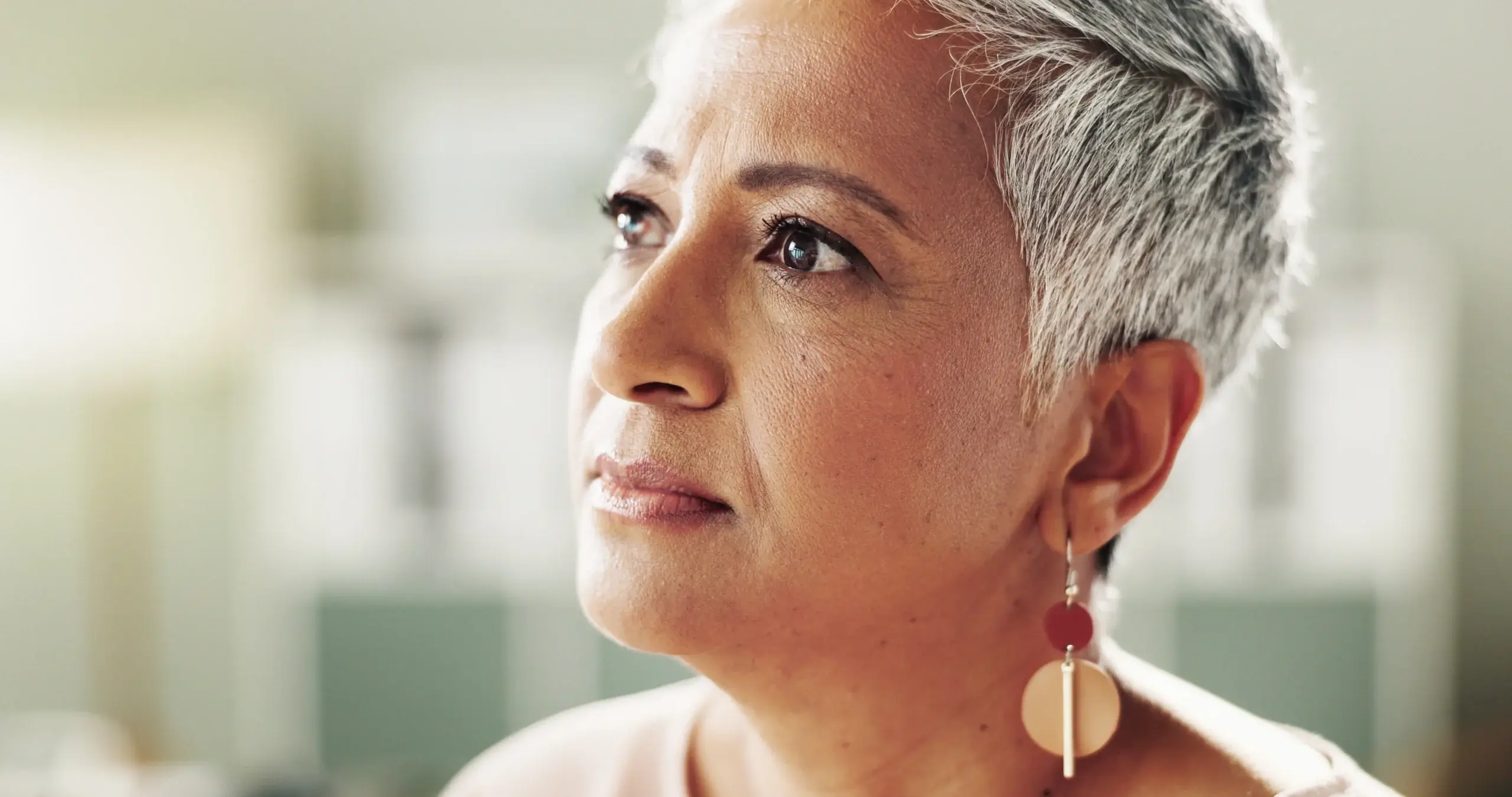

Imagine your body as an orchestra. Through your 30s and 40s, your hormones played key instruments — estrogen, progesterone, sometimes testosterone. As you approach menopause or face hormonal declines (due to surgery, health conditions, etc.), those instruments begin to fade. The music feels off — you notice hot flashes, mood swings, vaginal dryness, bone ache, and more.
Hormone Replacement Therapy (HRT) is, in simple words, giving your body back some of those missing hormonal notes — under medical supervision — to help restore balance, ease symptoms, and protect long-term health.
HRT is not a universal “fix,” but for many women, it makes the journey through menopause (or hormone decline) much gentler and more dignified.
In India, the average age of menopause is about 46 years — earlier than many Western nations.
Because Indian women often spend 25–30 years in post-menopause (life expectancy rising past 70) — the impact of not addressing hormonal health is significant.
Yet, awareness of HRT in India is extremely low: studies show that among Indian women surveyed, only a small fraction (<10%) knew of menopausal hormone therapy or had used it.
The Indian HRT / hormone therapy market is growing fast — indicating rising demand, but many women still lack correct information.
All of this means women often endure symptoms in silence, without realizing HRT may be an option worth discussing with their doctor.
HRT is not one-size-fits-all. It comes in different hormone types, delivery methods, and combinations. Here’s a breakdown:
| Type | What It Means | Who It’s For |
|---|---|---|
| Estrogen-only HRT | Delivers estrogen alone | For women who have had a hysterectomy (no uterus) |
| Combined HRT (Estrogen + Progestogen/Progesterone) | Estrogen plus a progestogen (synthetic or natural progesterone) | For women who still have a uterus — to prevent uterine lining overgrowth |
| Bioidentical Hormone Therapy (BHT) | Uses hormones identical in molecular structure to those your body makes | Sometimes offered in “custom formulations.” But evidence is weaker than standard HRT. |
Oral tablets (you take a pill daily)
Transdermal patches (stick-on skin patches) — lower first-pass liver effect, lower clot risk
Gels, creams, sprays (for skin or vaginal delivery)
Vaginal rings / inserts / local estrogen (for targeted vaginal/urinary symptoms, with less systemic absorption)
Implants or injections (less common, specialized settings)
Each method has trade-offs: convenience, side effect profile, cost, and how much hormone enters your bloodstream.
HRT is most beneficial for women who:
Are within 10 years of menopause onset or under age ~ 60 (the “timing hypothesis”)
Suffer moderate-to-severe menopausal symptoms (hot flashes, night sweats, mood changes, vaginal dryness)
Are low-risk for breast cancer, clotting disorders, or cardiovascular disease
Need bone protection (osteoporosis prevention)
Desire better quality of life (sleep, mood, sexual function)
Women with a history of breast cancer, especially hormone-sensitive types
History of blood clots (deep vein thrombosis, pulmonary embolism)
Active liver disease
Uncontrolled hypertension or certain cardiovascular disease
Untreated endometrial (uterine) hyperplasia or cancer
Ultimately, the decision is individual: your doctor will weigh risks vs benefits based on your health profile.
Every woman’s menopause journey is different — but research from around the world consistently shows that Hormone Replacement Therapy (HRT) can do far more than just stop hot flashes. When prescribed appropriately, it can help women feel more balanced, energetic, and comfortable in their own skin again.
Here’s a closer look at what HRT can really do for you!
These are among the most common and disruptive menopause symptoms.
HRT works by restoring estrogen levels that have dropped, helping your body’s internal thermostat stabilize.
That means fewer moments of suddenly feeling like you’re burning up from the inside, fewer drenched nights, and fewer embarrassing flushes in social settings.
Many women describe this change as “getting their calm back” — the ability to work, sleep, and live without constantly battling unpredictable heat waves.
Hormonal changes during menopause can wreak havoc on sleep patterns and mood. You might find yourself wide awake at 3 a.m., feeling restless or anxious for no clear reason.
By balancing estrogen and progesterone levels, HRT can help regulate your body’s natural circadian rhythm — so you can finally sleep deeply again.
Many women also report fewer mood swings, less irritability, and better emotional resilience. It’s not about being cheerful all the time — it’s about feeling like yourself again.
As estrogen levels decline, bones naturally become thinner and weaker, increasing the risk of osteoporosis — a silent condition that makes fractures more likely, especially in postmenopausal women.
HRT helps maintain bone density by slowing bone loss and supporting calcium absorption.
Women on HRT generally have a lower risk of spine, hip, and wrist fractures compared to those who never used it.
For Indian women — who often reach menopause earlier and may already have lower calcium or vitamin D levels — this bone-protective effect can be particularly important.
Falling estrogen can cause vaginal tissues to become thinner, drier, and less elastic — a condition called genitourinary syndrome of menopause (GSM).
This can lead to itching, discomfort during sex, recurrent urinary infections, or the constant urge to urinate.
HRT — especially in local forms like creams, gels, or vaginal rings — helps restore the natural moisture, elasticity, and pH balance of these tissues.
The result? Greater comfort, confidence, and often a rekindled sense of intimacy.
When started in the early years around menopause, HRT may support cardiovascular and metabolic health.
Estrogen helps maintain healthy cholesterol levels, supports blood vessel flexibility, and can improve insulin sensitivity — all of which are key for heart and metabolic well-being.
While not a heart medicine by itself, early and well-monitored HRT use may reduce the risk of heart disease and type 2 diabetes in some women.
Estrogen plays a major role in collagen production, skin hydration, and elasticity. As levels drop, many women notice their skin becoming dry, thinner, or less radiant, and hair more brittle or shedding faster.
HRT can help improve skin texture and moisture, give hair a healthier appearance, and even support nail strength.
Beyond the visible, it often brings back that inner glow — the energy and vitality that feels lost in the hormonal fog.
While Hormone Replacement Therapy has been a well-established practice for decades in Western countries, it still remains relatively new and under-discussed in India. Many women here reach menopause earlier than in the West, yet few receive accurate information or have access to specialized care.
Even today, most women discover HRT through international articles, scattered online forums, or word of mouth — often without local experts to guide them safely. The lack of standardized clinics, trained specialists, and integrated support makes navigating hormone health confusing and overwhelming.
That’s exactly why Miror is pioneering India’s first HRT Centre of Excellence — a one-of-a-kind initiative designed to bring science, care, and community together; all under one roof.
This upcoming centre will offer comprehensive HRT solutions — from advanced hormonal diagnostics and personalized treatment plans to expert consultations with gynecologists, endocrinologists, and dietitians. Women will also have access to ongoing follow-ups, education, and emotional support — all in a space that’s built around trust, transparency, and empowerment.
With Miror leading this movement, India is finally stepping into a new era of women’s health — where HRT isn’t a mystery, but a meaningful, guided choice for well-being.
These benefits are often strongest when HRT is started closer to the onset of menopause — ideally within the first 5–10 years after your last period.
Starting it too late (for example, decades after menopause) may offer less benefit and carry more risks.
That’s why the decision should always be made with your doctor — with proper tests, personalized dosing, and regular follow-ups.
Indian women typically experience menopause around 46–48 years of age, nearly five years earlier than the global average.
Add to that nutritional deficiencies (like low Vitamin D, calcium, and iron), higher stress levels, and less awareness about perimenopause — all of which can intensify symptoms.
That’s why timely access to HRT can be even more beneficial for Indian women — helping protect bone density, heart health, skin vitality, and emotional balance at a younger age.
Not at all. Many women begin experiencing symptoms years before menopause — irregular cycles, night sweats, mood swings, or brain fog — during what’s called perimenopause.
Starting HRT early (under medical guidance) can make this transition smoother and help prevent long-term effects like bone loss or fatigue.
So, it’s not about “waiting for your last period” — it’s about supporting your body through the changes before it.
This is one of the most common myths.
When balanced and monitored correctly, HRT does not cause weight gain — in fact, by improving sleep, metabolism, and insulin sensitivity, it can help stabilize weight.
The key is choosing the right form and dose, paired with good nutrition and activity. Many women actually report feeling leaner, more energetic, and less bloated after starting HRT.
HRT is still an emerging field in India — awareness, specialized training, and patient education are only beginning to grow.
Many doctors simply haven’t had access to updated research or structured programs around menopause care.
That’s why Miror is launching India’s first HRT Centre of Excellence — a dedicated space where women can find expert doctors, personalized care plans, lab testing, and ongoing support — all under one trusted roof.
Yes — and that’s what makes it so life-changing.
By restoring hormonal balance, HRT can help you sleep better, think clearer, smile easier, and move without fatigue.
It’s not about reversing aging — it’s about giving your body the balance it deserves so you can feel vibrant, strong, and emotionally centered again.


 ×
×

